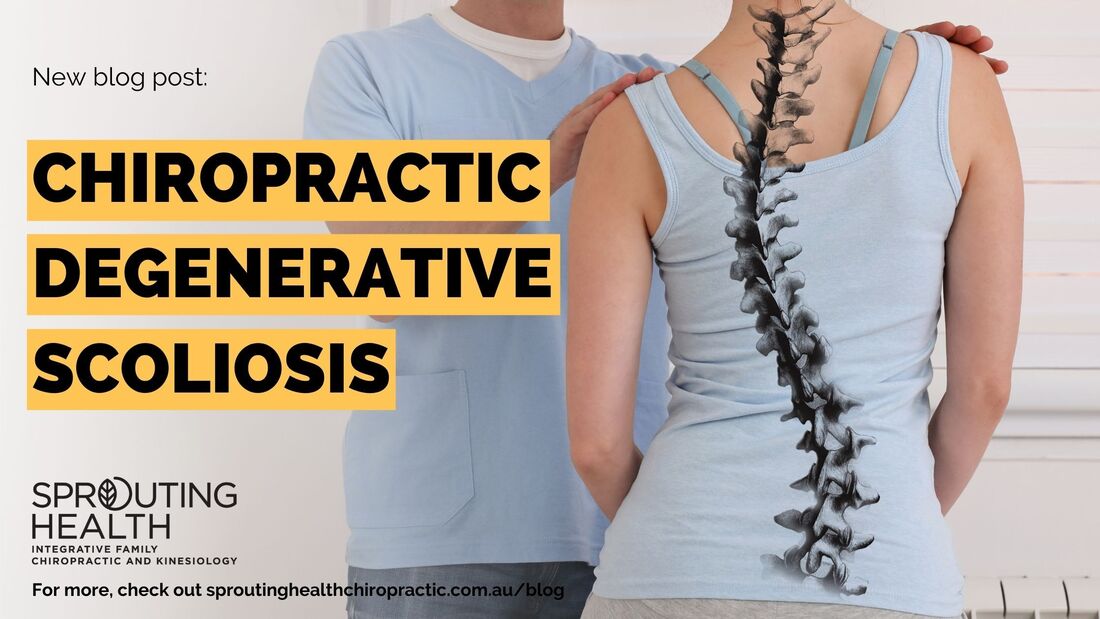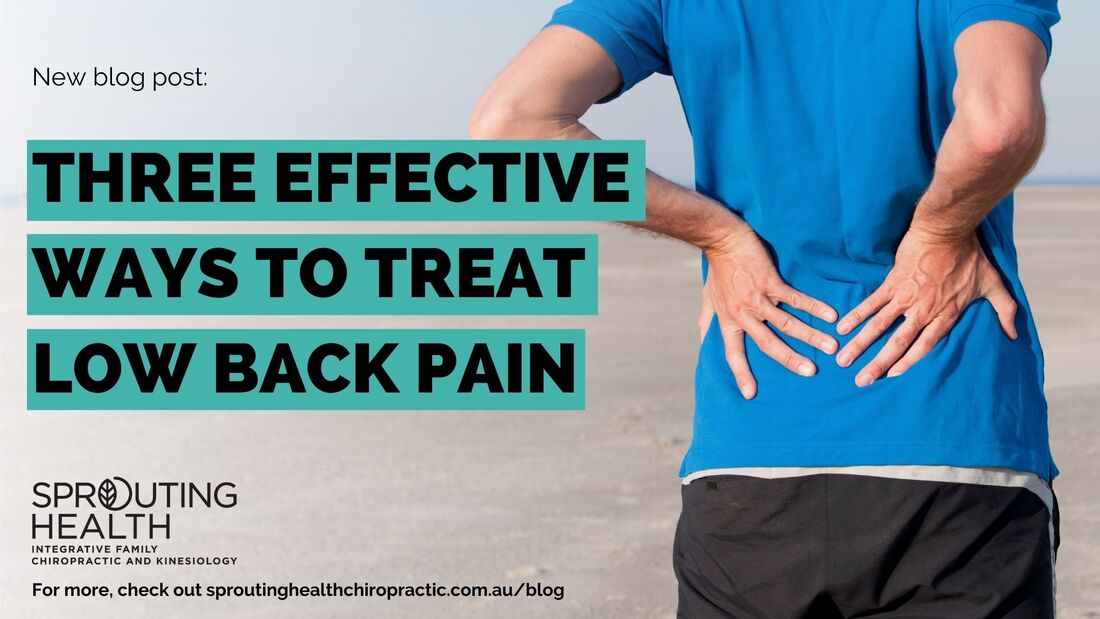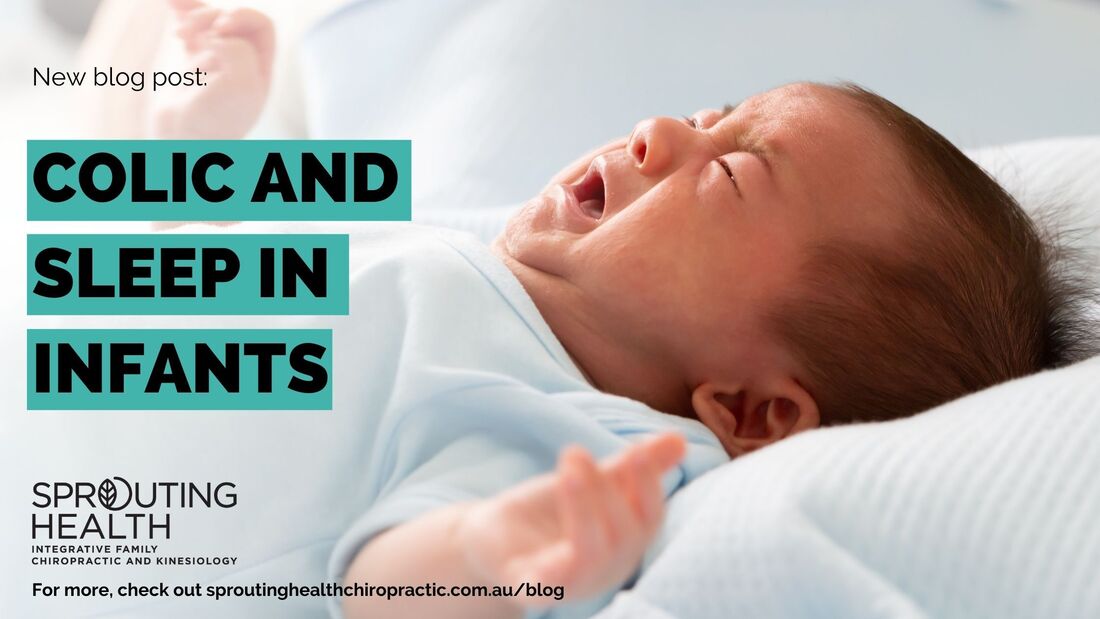|
Degenerative scoliosis has become an important cause of low back pain, lower extremity pain and intermittent walking impairments in middle aged and older people (1). Do you or a loved one experience any of these issues? If so, this is an important article that could make the world of difference to you.
“The reported incidence of degenerative scoliosis in adulthood varies from 6% up to 68%” (2) With the reported incidence of degenerative scoliosis being as high as 68% in some instances, it is clearly a rising issue with growth of the aging population. It is commonly due to asymmetric degenerative changes of the spine, where there is asymmetric loads/weight on the discs in the spine or spinal joints which contributes to deformity/degeneration in an asymmetric manner (3). Since it is more prevalent with age, surgical options for treatment is not as tolerable as other health issues are often present and there is a high incidence of complications. So most patients choose and are also recommended conservative treatment (2). These include, spinal manipulation, oral medications, low intensity strength and endurance training, nerve root blocking and facet joint injection therapy (4-8). Among these, spinal adjustments or manipulation is the most common procedure delivered by a physical therapist including chiropractors (9). In a recent research paper 120 patients with degenerative scoliosis were observed between 2017-2019. The patients were divided into 2 groups, a group that received chiropractic care and the other was the control group who were treated with eperisone hydrochloride tablets combined with a thoracolumbar orthopaedic brace. Questionnaires evaluating the patients response was done before treatment, and 1,2,3 and 4 weeks after treatment. It was found that chiropractic care can effectively relieve pain and improve lumbar function in patients with degenerative scoliosis, and was found that it can help improve the Cobb angle (lateral curvature of the spine) of patients with degenerative scoliosis (10). Though the findings are still early indications, as only 120 patients were observed, a larger scaled study would help further confirm the results. However, this recent research is pointing towards a positive outcome for patients with degenerative scoliosis who receive chiropractic care. If you want to find out if chiropractic may help manage degenerative scoliosis for you or your loved ones, have a chat with one of our chiropractors to see how they can assist. “It is important to maintain structural balance for optimal function” 1.Lee YP, Ghofrani H. Degenerative Scoliosis. Contemporary Spine Surgery 2010; 11(5): 1-8. 2. Faldini C, Pagkrati S, Grandi G, et al. Degenerative lumbar scoliosis: features and surgical treatment. J Orthop Traumatol 2006; 7: 67-71. 3. Kim, W., Porrino, J.A., Hood, K.A., Chadaz, T.S., Klauser, A.S. and Taljanovic, M.S., 2019. Clinical evaluation, imaging, and management of adolescent idiopathic and adult degenerative scoliosis. Current problems in diagnostic radiology, 48(4), pp.402-414. 4. Morningstar MW. Outcomes for adult scoliosis patients receiving chiropractic rehabilitation: a 24-month retrospective analysis. J Chiropr Med 2011; 10: 179-184. 5. Rossi M, Ianigro G, Liberatoscioli G, et al. Eperisone versus tizanidine for treatment of chronic low back pain. Minerva Med 2012; 103(3): 143-149. 6. Fishman LM, Groessl EJ, Sherman KJ. Serial case reporting Yoga for idiopathic and degenerative scoliosis. Glob Adv Health Med 2014; 3(5): 16-21. 7. Kanayama M, Oha F, Hashimoto T. What types of degenerative lumbar pathologies respond to nerve root injection? A retrospective review of six hundred and forty one cases. Int Orthop 2015; 39(7): 1379-1382. 8. Ploumis A, Transfeldt EE, Gilbert TJ, et al. Radiculopathy in degenerative lumbar scoliosis: correlation of stenosis with relief from selective nerve root steroid injections. Pain Med 2011; 12: 45-50. 9. Chou R, Qaseem A, Snow V, et al. Diagnosis and treatment of low back pain: a joint clinical practice guideline from the American College of Physicians and the American Pain Society. Ann Intern Med 2007; 147: 478-491. 10. Li, L.G., Gao, J.H., Gao, C.Y., Sun, W., Luo, J., Yang, K.X., Yu, J., Li, J.G., Wang, B.J., Yang, W. and Zhuang, M.H., 2022. Clinical observation of chiropractic manipulation in the treatment of degenerative scoliosis. Zhongguo gu Shang= China Journal of Orthopaedics and Traumatology, 35(5), pp.442-447.
0 Comments
As more people are working from home, lower back pain continues to plague our society. Workers that previously bicycled to their office are now remaining stagnant at home during working hours. Our bodies were meant for movement. Without it, things can become stiff, out of shape, and weak. If we cannot change where we work, what can we change to help decrease backaches and pains?
Here, we uncover 3 effective ways to treat lower back pain and improve your overall quality of life. Visit Your Local ChiropractorChiropractors help in treating neck and back pain. If you are dealing with chronic lower back pain, a chiropractor is a great place to start. Lower back pain comes in all different forms. Misalignments in the spine can cause stress throughout different areas of your body and back. Chiropractic care provides adjustments that can help correct misalignments, which can reduce the pain you’re experiencing. Are you dealing with chronic lower back pain that never seems to go away? Oftentimes, minor injuries can slowly become part of our ‘story’. A tweak that doesn’t fully recover can turn into a chronic injury that is impossible to get rid of. Chiropractic care helps people breakthrough these patterns by optimizing how their bodies function and operate. You can decrease back pain that has been plaguing you for years by seeing a professional chiropractor. Exercise Your CoreYour core is part of your torso’s foundation. The abdominals work to support your lower and upper back. A strong core makes upper body movements easier and helps people avoid injury. Does it ever hurt when you sneeze? While this can be caused by multiple factors, a common culprit is lower back pain. Think about it. If your lower back is already under some form of physical stress, a sneeze could send a streak of pain through your body. Exercising your core and maintaining abdominal strength are crucial to back pain recovery. The more support this area has, the easier it will recover. Are you required to be very active in your job? If you constantly move your body throughout the day, a strong core can help you stay healthy and avoid future back injuries. Stretch in the MorningA morning stretch routine is great for your entire body, including your lower back. Does your back feel tight when you first wake up? Now that many people work from home, they oftentimes move right from their beds to their desks. Your body will slowly lose its strength and have trouble supporting your back without much movement in your day. Stretching, even if for 5 minutes, can warm up your muscles and loosen your joints. This can help reduce the back pain you're experiencing from a bad night’s sleep. Additionally, stretching in the morning helps you feel more physically refreshed throughout your workday. Do you ever feel tired once the afternoon hits? Aside from caffeine, try moving your body and stretching more. This will re-energize your system and loosen up tight muscles in your lower back. Make Health a PriorityYour health is important. We all only have one body in this life. If you are dealing with severe lower back pain, talk to a chiropractor to help you experience pain relief. You deserve to feel strong and healthy every day. If you are interested in reducing your lower back pain, give us a call today to get the process started. One of the most common issues we see in our practice is low back pain. Often, these patients are presenting after a long struggle with low back pain and have invested their time and money into different modalities of care.
Chiropractic care has long been established as an effective nonpharmacological treatment for low back pain and is supported by several clinical practice guidelines. Opioid analgesic therapy is a commonly used prescription drug therapy for low back pain in older people. A recent study collected patient feedback comparing spinal manipulative therapy (as provided by chiropractors) and prescription drug therapy (as provided by medical practitioners) for the treatment of chronic low back pain in the older adult population. Generally, older adults who have received various treatments for low back pain report higher satisfaction with chiropractic care compared to medical care in the short term but there is less evidence for either type of care in the long term. A total of 195 older adults with chronic low back pain participated in a survey measuring patient satisfaction and health related quality of life. Of these participants, long-term recipients of spinal manipulative therapy had higher self-reported rates of health-related quality of life than the long-term recipients of prescription drug therapy. There still needs to be more research for this result to be conclusive but chiropractic care is an easily applicable method of care to aid in the management of low back without the use of pharmaceuticals.
Colic and sleep problems are common among infants, constitute challenges and distress for parents, and are often reasons for seeking help from health professionals. The literature debates whether infant colic and sleep problems are linked together or not. There is limited knowledge of the association between sleep and colic problems in infancy and subsequent development, emotional and behaviour problems in young children in the current literature. (1-2)
Data from a 10-year study from Norway, with nearly 90,000 participants, shows infants with colic scored lower on developmental assessment at 5 years of age as well as higher on internalising problems at 3 and 5 years of age. Children who awoke frequently and were more difficult to put to bed at 6 months scored significantly lower on development at 18 months and 3 and 5 years, and higher on internalizing behaviour problems at 3 and 5 years. Thus, colic and sleep problems early in life should be taken into account as risk factors for development and behavioural problems within the first 5 years of a child’s life. (2) There are many treatment options out there, and as often is the case, the hard bit is finding what works for you and your family. From the research, two of the most promising treatment regimes in the management of colic include probiotics and chiropractic care. (3) In a study from 2012, chiropractic manual therapy improved crying behaviour in infants with colic. The findings showed that knowledge of treatment by the parent did not appear to contribute to the observed treatment effects in this study. Thus, it is unlikely that observed treatment effect is due to bias on the part of the reporting parent. (3-4) As healthcare is forever developing, there is still a need for larger and more studies to be conducted on the effectiveness of therapies for colic.
|
AuthorBlogs by the team at Sprouting Health Archives
July 2024
Categories |





 RSS Feed
RSS Feed
